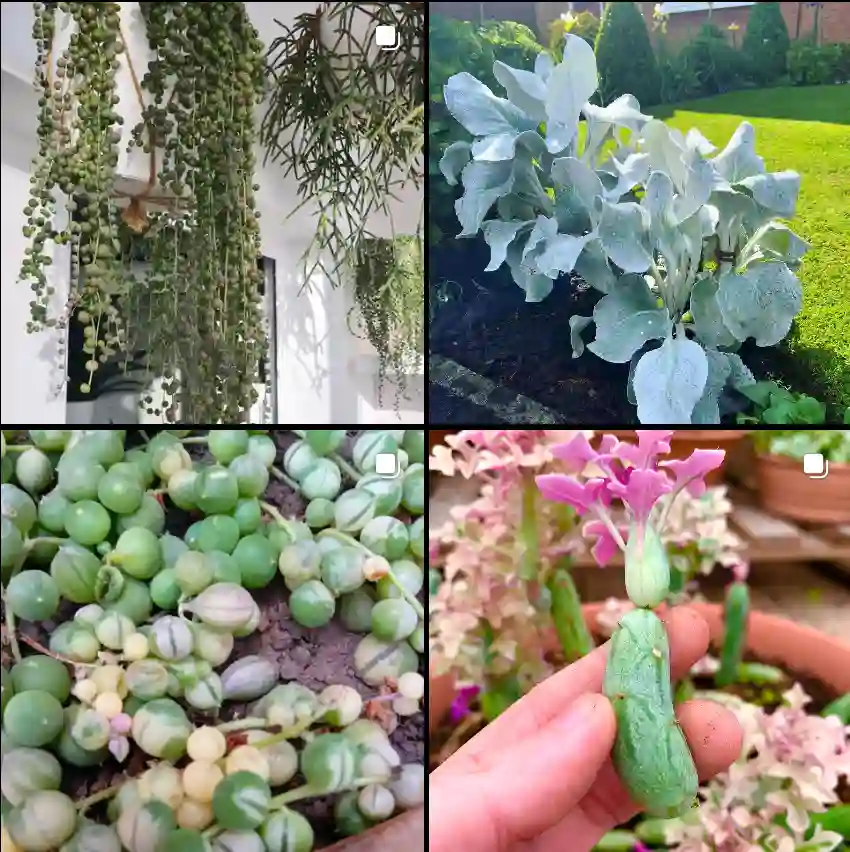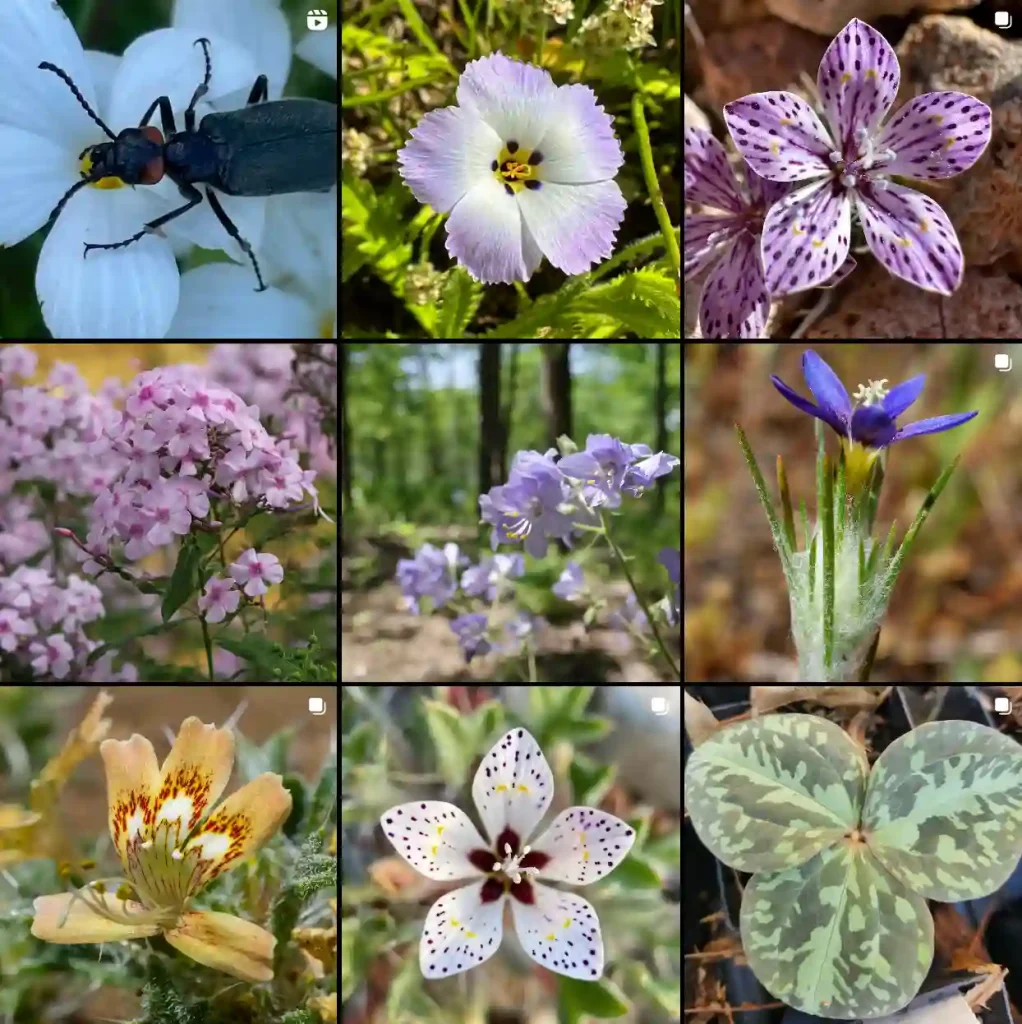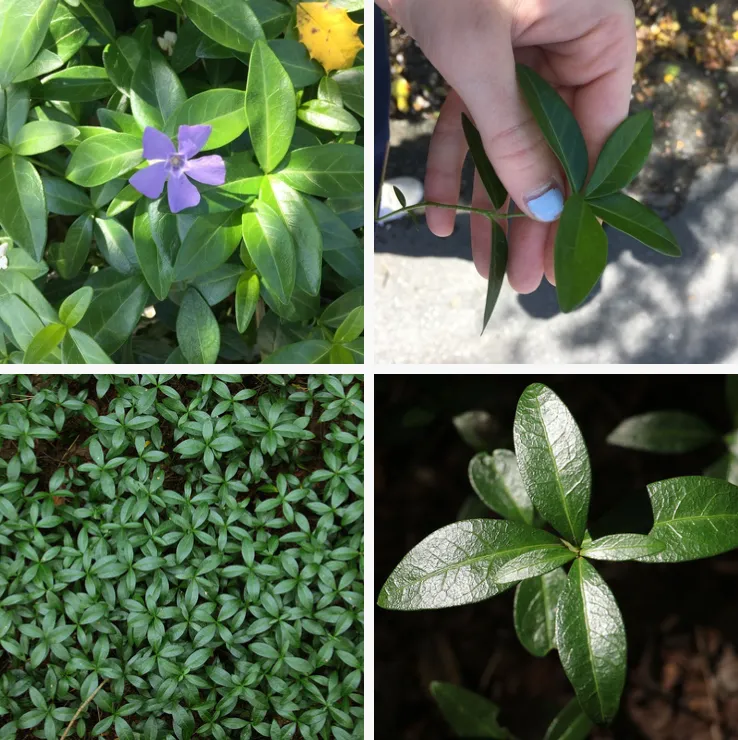The Wonderful World of Ocimum: A Personal Exploration
The scent of basil always takes me back to my childhood. My grandmother grew it in her garden, its fragrant leaves a staple in many of her delicious Vietnamese dishes. It wasn’t until much later that I learned the common name “basil” actually encompasses a whole genus of plants known as Ocimum. This fascinating genus, a member of the mint family (Lamiaceae), has captivated me ever since, and I’d like to share some of what I’ve learned about these remarkable herbs.
A Diverse and Global Family
Ocimum is a diverse genus, with over 60 recognized species. These aromatic plants are native to tropical and warm temperate regions across the globe, with the highest concentration of species found in Africa. While they vary in appearance, most Ocimum species share some common characteristics: square stems, opposite leaves, and flowers clustered in spikes. What truly sets them apart, however, is their incredible array of scents and flavors.
More Than Just Basil
While the culinary basil (Ocimum basilicum) is undoubtedly the most famous member of the genus, there’s a whole world of Ocimum species waiting to be discovered. Here are:
- Holy Basil (Ocimum tenuiflorum): Revered in Hinduism, this sacred plant is known for its clove-like aroma and medicinal properties. It’s often used in Ayurvedic medicine and is believed to have calming and restorative effects. Plant FAQs: Holy Basil – Ocimum Tenuiflorum
- Camphor Basil (Ocimum kilimandscharicum): This African native has a strong camphor-like aroma and is traditionally used to repel insects. It’s also being explored for its potential use in aromatherapy and as a source of essential oils.
- Ocimum × africanum Lour.
- Ocimum albostellatum (Verdc.) A.J.Paton
- Ocimum americanum L.
- Ocimum amicorum A.J.Paton
- Ocimum angustifolium Benth.
- Ocimum basilicum L. Plant FAQs: Basil Plant – Ocimum Basilicum
- Ocimum burchellianum Benth.
- Ocimum campechianum Mill.
- Ocimum canescens A.J.Paton
- Ocimum carnosum (Spreng.) Link & Otto ex Benth.
- Ocimum caryophyllinum F.Muell.
- Ocimum centraliafricanum R.E.Fr.
- Ocimum circinatum A.J.Paton
- Ocimum coddii (S.D.Williams & K.Balkwill) A.J.Paton
- Ocimum cufodontii (Lanza) A.J.Paton
- Ocimum dambicola A.J.Paton
- Ocimum decumbens Gürke
- Ocimum dhofarense (Sebald) A.J.Paton
- Ocimum dolomiticola A.J.Paton
- Ocimum ellenbeckii Gürke
- Ocimum empetroides (P.A.Duvign.) ined.
- Ocimum ericoides (P.A.Duvign. & Plancke) A.J.Paton
- Ocimum filamentosum Forssk.
- Ocimum fimbriatum Briq.
- Ocimum fischeri Gürke
- Ocimum formosum Gürke
- Ocimum forskoelei Benth.
- Ocimum fruticosum (Ryding) A.J.Paton
- Ocimum grandiflorum Lam.
- Ocimum gratissimum L.
- Ocimum hirsutissimum (P.A.Duvign.) A.J.Paton
- Ocimum irvinei J.K.Morton
- Ocimum jamesii Sebald
- Ocimum kenyense Ayob. ex A.J.Paton
- Ocimum labiatum (N.E.Br.) A.J.Paton
- Ocimum lamiifolium Hochst. ex Benth.
- Ocimum masaiense Ayob. ex A.J.Paton
- Ocimum mearnsii (Ayob. ex Sebald) A.J.Paton
- Ocimum metallorum (P.A.Duvign.) A.J.Paton
- Ocimum minutiflorum (Sebald) A.J.Paton
- Ocimum mitwabense (Ayob.) A.J.Paton
- Ocimum monocotyloides (Plancke ex Ayob.) A.J.Paton
- Ocimum motjaneanum McCallum & K.Balkwill
- Ocimum natalense Ayob. ex A.J.Paton
- Ocimum nudicaule Benth.
- Ocimum nummularia (S.Moore) A.J.Paton
- Ocimum obovatum E.Mey. ex Benth.
- Ocimum ovatum Benth.
- Ocimum pseudoserratum (M.R.Ashby) A.J.Paton
- Ocimum pyramidatum (A.J.Paton) A.J.Paton
- Ocimum reclinatum (S.D.Williams & K.Balkwill) A.J.Paton
- Ocimum sebrabergensis Swanepoel & van Jaarsv.
- Ocimum serpyllifolium Forssk.
- Ocimum serratum (Schltr.) A.J.Paton
- Ocimum spectabile (Gürke) A.J.Paton
- Ocimum spicatum Deflers
- Ocimum transamazonicum C.Pereira
- Ocimum tubiforme (R.D.Good) A.J.Paton
- Ocimum urundense Robyns & Lebrun
- Ocimum vandenbrandei (P.A.Duvign. & Plancke ex Ayob.) A.J.Paton
- Ocimum vanderystii (De Wild.) A.W.Hill
- Ocimum verticillifolium Baker
- Ocimum viphyense A.J.Paton
- Ocimum waterbergense (S.D.Williams & K.Balkwill) A.J.Paton
Beyond the Kitchen
While Ocimum species are primarily known for their culinary applications, their uses extend far beyond the kitchen. Many species have a long history of use in traditional medicine, particularly in Ayurveda and other systems of natural healing. They are believed to possess various therapeutic properties, including anti-inflammatory, antioxidant, and antimicrobial effects.
Ocimum plants also play a vital role in ecological systems. Their flowers attract pollinators like bees and butterflies, contributing to biodiversity. Some species, like camphor basil, are even used in companion planting to deter pests and protect other crops.
A Personal Connection
My fascination with Ocimum goes beyond its culinary and medicinal value. For me, these plants represent a connection to my heritage and a reminder of the intricate relationship between humans and nature. The diversity within this single genus highlights the incredible variety and adaptability of the plant kingdom.
Exploring the world of Ocimum has been a journey of discovery, and I encourage everyone to take the time to appreciate the beauty and complexity of these remarkable plants. Whether you’re a seasoned gardener, a culinary enthusiast, or simply someone who enjoys the fragrance of basil, there’s something in the Ocimum genus for everyone.
If i die, water my plants!



